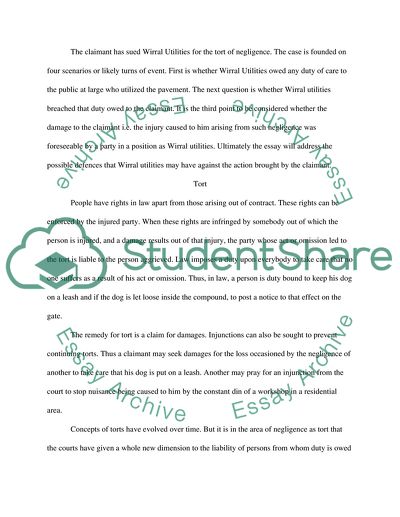Cite this document
(Responsibility for Violation of the Law of Negligence Essay - 1, n.d.)
Responsibility for Violation of the Law of Negligence Essay - 1. Retrieved from https://studentshare.org/law/1564819-common-law
Responsibility for Violation of the Law of Negligence Essay - 1. Retrieved from https://studentshare.org/law/1564819-common-law
(Responsibility for Violation of the Law of Negligence Essay - 1)
Responsibility for Violation of the Law of Negligence Essay - 1. https://studentshare.org/law/1564819-common-law.
Responsibility for Violation of the Law of Negligence Essay - 1. https://studentshare.org/law/1564819-common-law.
“Responsibility for Violation of the Law of Negligence Essay - 1”. https://studentshare.org/law/1564819-common-law.


